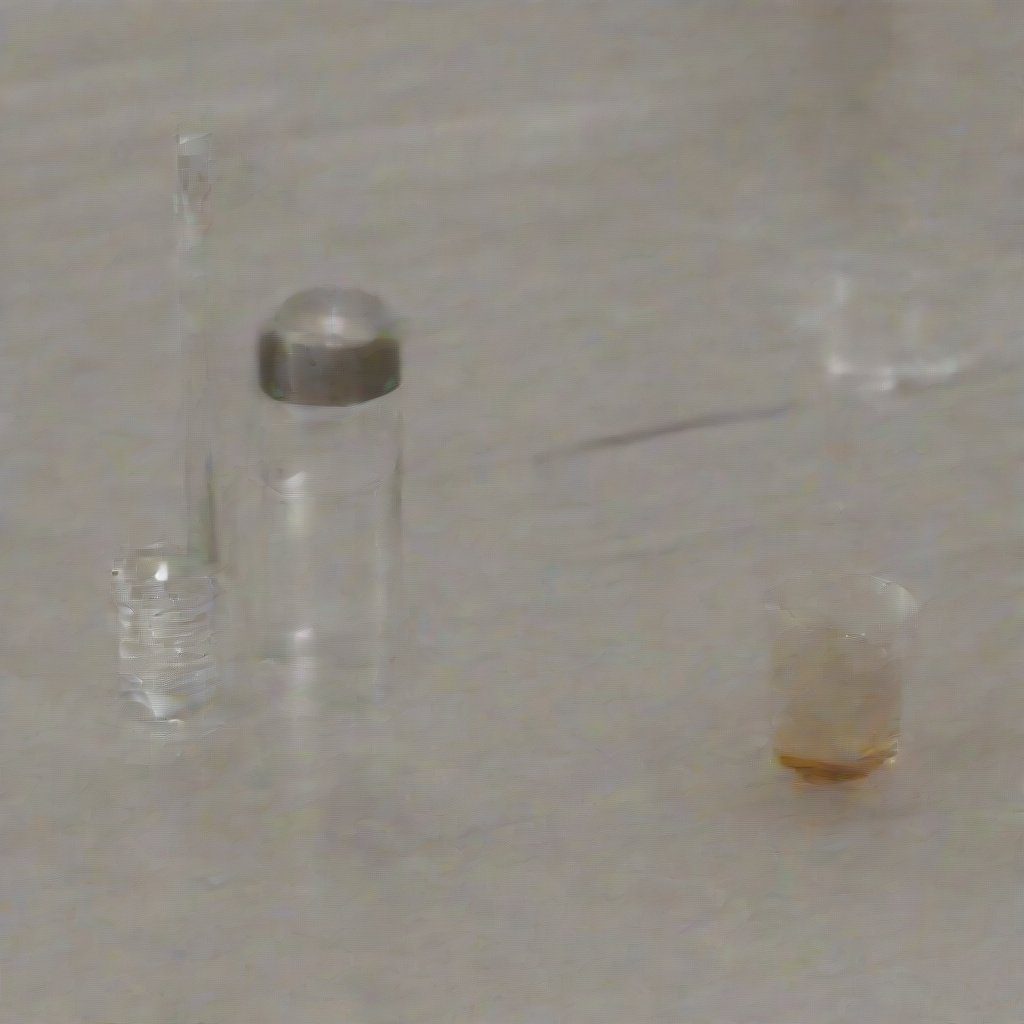Understanding Amides in Textiles
Amides are organic compounds derived from carboxylic acids and amines, characterized by the presence of a carbonyl group (C=O) linked to a nitrogen atom (N). In the textile industry, amides play a crucial role, particularly in the production and treatment of fibers. Their unique chemical properties allow them to enhance textile performance, durability, and overall quality, making them an essential component in various textile applications.
Types of Amides Utilized in Textiles
In the textile sector, different types of amides are employed, including primary, secondary, and tertiary amides. Each type exhibits distinct properties, influencing their suitability for specific textile applications. Primary amides, for instance, are known for their strong binding capabilities, while secondary and tertiary amides offer enhanced flexibility and resilience, making them ideal for use in blends and treatments.
The Role of Amides in Fiber Treatments
Amides are extensively used in the treatment of natural and synthetic fibers, providing benefits such as increased softness, improved dye uptake, and enhanced resistance to environmental factors. By modifying the surface characteristics of fibers, amides facilitate better interaction with dyestuffs and finishing agents, leading to vibrant colors and superior fabric performance.
Amides and Their Impact on Fabric Performance
The incorporation of amides in textiles significantly improves fabric performance attributes like tensile strength, abrasion resistance, and water repellency. These enhancements contribute to the longevity and usability of textile products, making them more appealing to consumers who prioritize quality and durability in their purchases.
Concentrations of Amides in Textile Applications
Amides are available in various concentrations, notably 90%, 80%, and 60%, each tailored to meet specific application requirements within the textile industry. Higher concentrations (90%) are typically employed for more demanding applications, while lower concentrations (60% and 80%) may be suitable for general use or specialized treatments, ensuring versatility in textile formulation.
Quality Assurance of Amides for Textiles
When sourcing amides for textile applications, quality and consistency are paramount. Products must undergo rigorous testing and quality control measures to ensure they meet industry standards. This commitment to quality is essential for suppliers like DIPLOMATA, as they aim to establish trust and reliability in the American market.
Environmental Considerations of Amides in Textiles
As the textile industry faces increasing scrutiny over environmental impact, the use of eco-friendly amides has gained traction. Sustainable sourcing and production practices are vital for reducing the ecological footprint of amides, ensuring that textile manufacturers can meet consumer demand for environmentally responsible products without compromising quality.
Amides in the Production of Specialty Textiles
The versatility of amides extends to the production of specialty textiles, including those used in technical applications such as automotive, medical, and industrial textiles. In these contexts, the unique properties of amides contribute to the development of high-performance fabrics that meet stringent industry standards and customer expectations.
Future Trends in Amides for Textiles
The future of amides in the textile industry is promising, with ongoing research and development aimed at enhancing their properties and applications. Innovations in chemical processes and formulations are likely to lead to new amide derivatives that offer improved performance characteristics, further solidifying their role in textile manufacturing and treatment.


